Gingham is a form of cotton blend fabric that is weaved in a specific fashion that defines it, in the pattern of stripes. While it is traditionally entirely woven out of pure cotton fibres, the art has evolved into using man-made fibres as well, employing both carded and combed yarns.
With a tradition that has been passed down almost through five centuries from southeast Asian countries, Gingham has been able to cling onto its original name in Malayan. It borrows the world ‘gengang’, which roughly translates to ‘striped’.
Not only its name, but Gingham has retained the style that defines it as well. Not only through its signature contrasting checks, but it is also known for being a type of fabric where the yarn is dyed prior to it being woven. This way, the colour holds better, making it an ideal dyeing method especially for styles such as stripes and checks. Moreover, Gingham follows an exclusive approach towards weaving, where the coloured yarn, the warp, is made to go against the uncoloured yarns, the weft, forming an airy texture on both surfaces.
Prevailing mostly in Asia, Gingham started gaining its popularity when factories in England and the United States found themselves in an unfortunate financial crisis, around the eighteenth century. This poked them to venture into Gingham fabric as their saving grace, which instantly took a wild turn and charmed the world, becoming one of the most familiar and noticeable fabrics around the globe.
Gingham is loved all over because of its versatility as well. Made using cotton, it creates comfortable shapes to be free during the summer, while complimenting the summer panorama. When styled with a simple block colour during winter, the classic checks stand out even more. Aside from its diverse functions in clothing, Gingham is commonly also used in accessories such as picnic napkins, table cloths, aprons and more. The checks are a quintessential fashion statement that has taken over the world with its simplicity.

